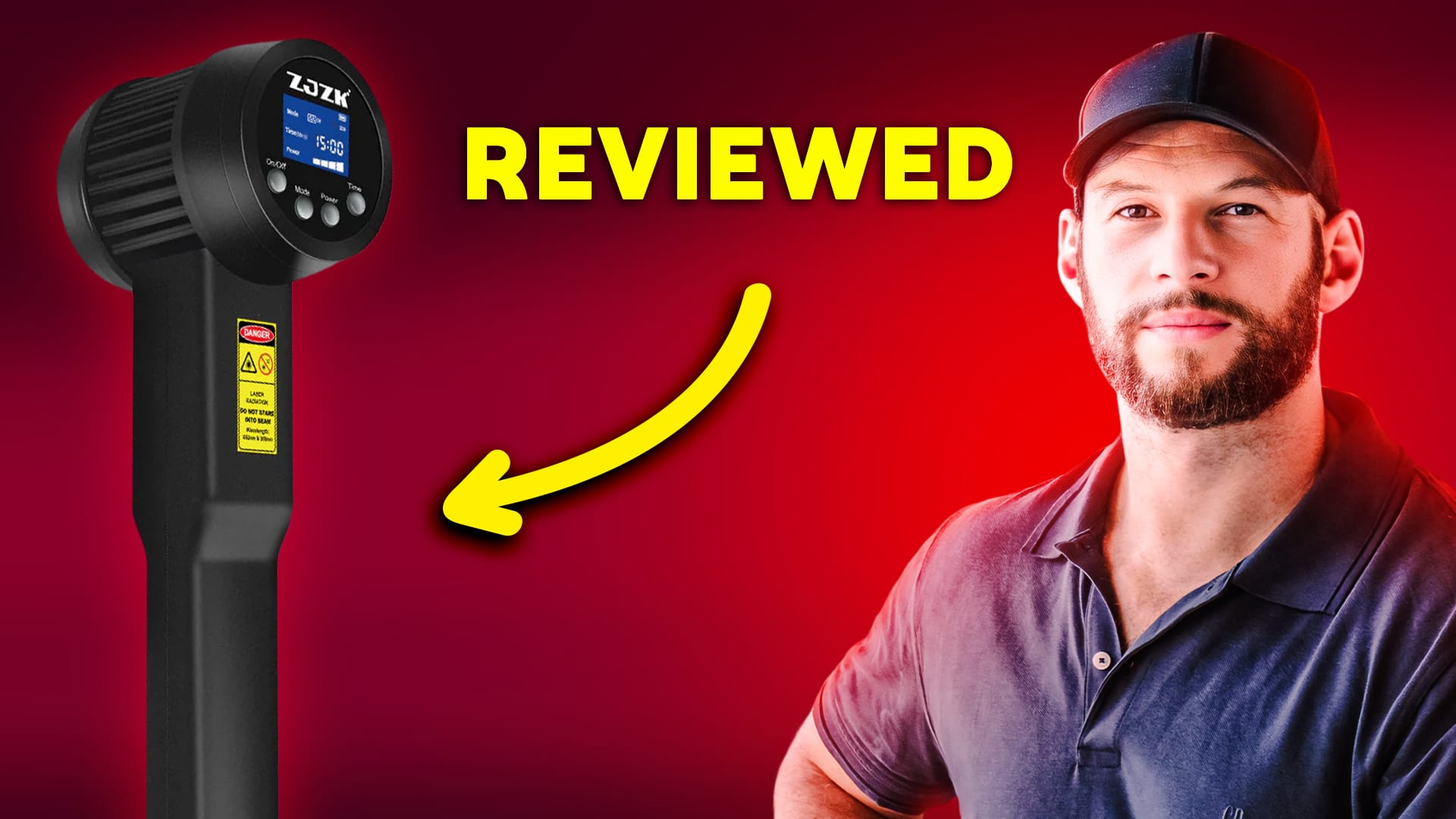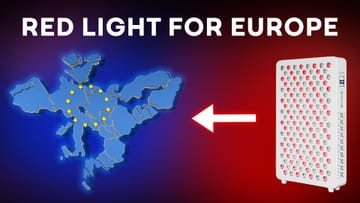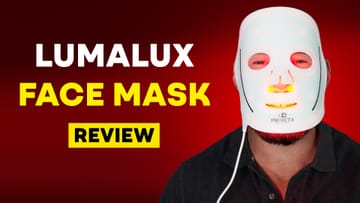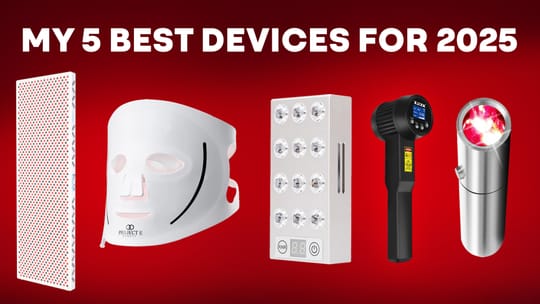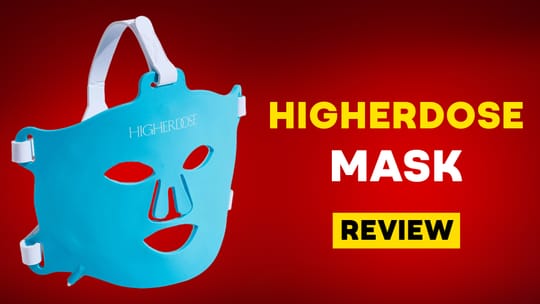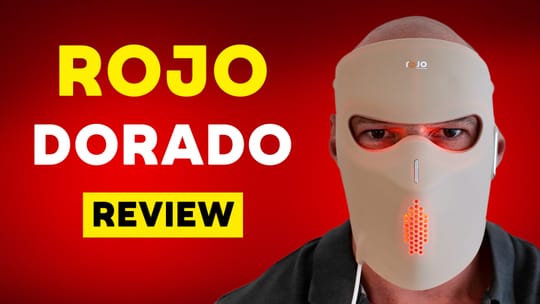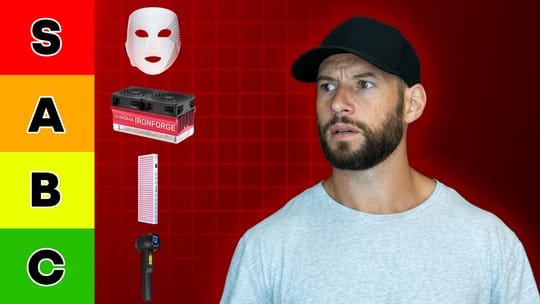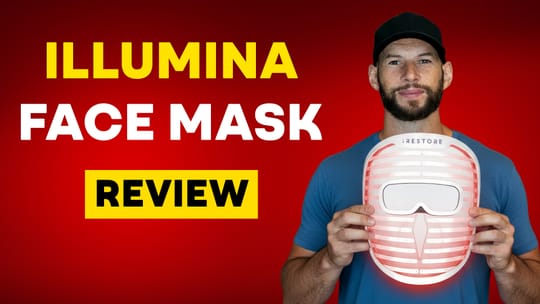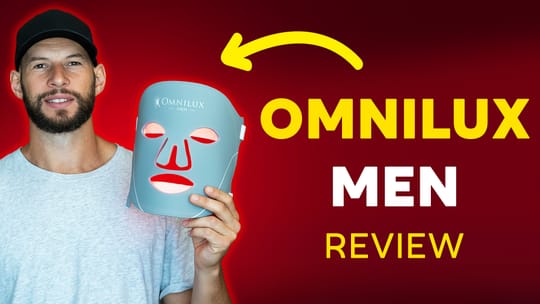Suppose you’ve been hunting for a handheld red light therapy laser that isn’t just powerful—but ridiculously powerful—without obliterating your bank account. This might be precisely what you’ve been looking for in that case.
It’s not branded with a fancy Western name, and honestly, I don’t even know the official model number. But I do know it came from Alibaba. It’s a laser. It’s powerful. And it's the one I’m using right now on my son, under the close supervision of Dr. Randy Beck.
This wasn’t an impulse purchase. It resulted from an in-depth, criteria-heavy search, trying to find something that would tick all the right boxes from Dr. Beck’s neurological perspective while staying within a price range I was comfortable with.
What Is It?
The device is called the LRP Laser and is manufactured by a Chinese company, Zjzk. I stumbled across it on Alibaba. It's a 5-watt or 5,000-milliwatt laser, featuring 25 individual laser diodes. When ordering, you can choose which wavelengths you want. I’ll get into those options in a moment.
The design is straightforward but solid. It's handheld, battery-powered, and surprisingly hefty, weighing around one kilogram. A full battery charge provides about 60 minutes of treatment time, which is decent for a device with this power.
The upper half is encased in metal, and yes, this thing generates heat. It’s that powerful. It offers continuous and pulsed modes, four power levels, and a built-in timer. A small screen on the back lets you navigate through different settings, showing what you’ve selected as you go.
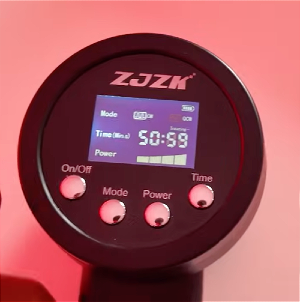
Why I Bought It
This device is for my son, who suffers from epilepsy. We’re working with Dr. Randy Beck, who is deeply involved in creating and adjusting the protocols we’re using each month. We run QEEG scans regularly to determine which brain areas to stimulate, and Dr. Beck then gives us precise locations and durations for treatment.
This is serious, highly specialized work. It’s not something to DIY on a whim. Dr. Beck gives us the target areas on the brain, the energy dose he wants delivered, and how long we need to hold the laser there. We repeat the treatment 15 to 16 times monthly, followed by another scan. Then the protocol updates.
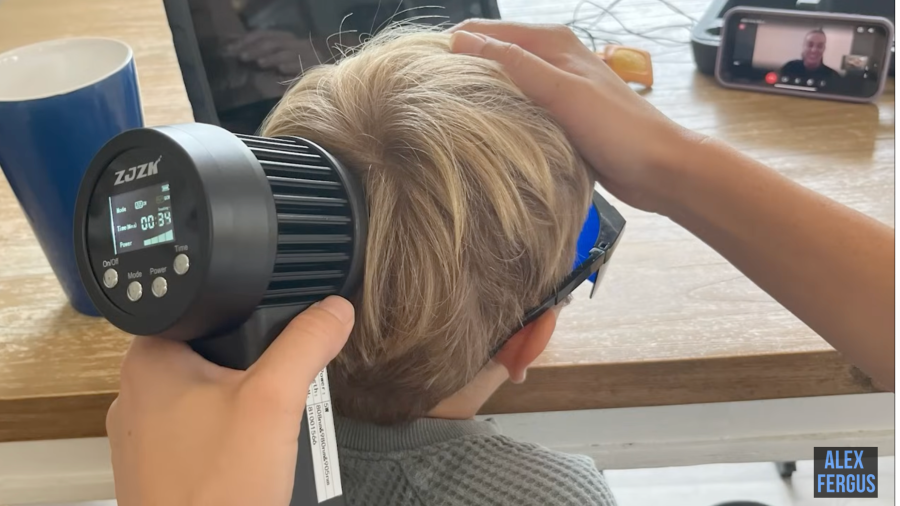
I haven’t used this on my brain and don’t plan to. When dealing with brain tissue, the margin for error is slim. Misusing something like this could cause harm. That's why I can’t stress enough: Don’t mess around with laser therapy on your brain without expert guidance.
If you're even remotely thinking about it, I highly recommend watching my interviews with Dr. Beck. He dives deep into the risks, the precision required, and why bathing your brain in red light could backfire.
Talk to an expert who understands photobiomodulation if you’re dealing with neurological issues or just curious about enhancing brain function. It doesn’t have to be Dr. Beck, but it should be someone with a brain-based specialty and the proper testing tools. And yes, that includes running QEEG or similar scans before and after.
What Makes a Laser Different From an LED?
So why choose a laser over the more common LED torches or panels? I’ll make a more detailed video soon, but here's the short version.
Lasers deliver a very narrow, targeted light beam at a specific wavelength. That’s very different from LEDs, which spread light across a broader spectrum. Lasers also tend to have far higher power outputs, which translates into better penetration—critical if you’re trying to reach deep into tissue, or in our case, through the skull and into the brain.
Of course, the flip side is that all this power increases surface-level heating. That’s a potential issue. Again, Dr. Beck and I discussed it in our interviews, especially regarding safety and energy dosing.
Wavelength Choices
Dr. Beck specifically wanted something in the 900nm to 1000nm range. My unit includes 980nm, 905nm, and 808nm. Interestingly, Dr. Beck’s version entirely leaves out the 808nm and focuses solely on the two 900+ nm wavelengths.
When I contacted the manufacturer, they confirmed they can customize wavelengths. Options include 650nm (red light), 808nm, 905nm, and 980nm. I don’t think red light is necessary for brain applications or deep tissue targeting. You want the near-infrared wavelengths for that deeper reach.
Power and Output Testing
Naturally, I wanted to know what this device produced, so I pulled out the spectrometer.
Laser output differs quite from LEDs—lasers produce sharp, narrow peaks at specific wavelengths. In my testing, one peak hit around 810–811nm, slightly above 808nm—not a huge deviation. Another was at 970–972nm, not precisely the 950nm listed, but again, close enough for this use. I did ask the manufacturer about this, and they explained that minor discrepancies are expected at this price point. To get absolute precision, you’d need to spend thousands more.
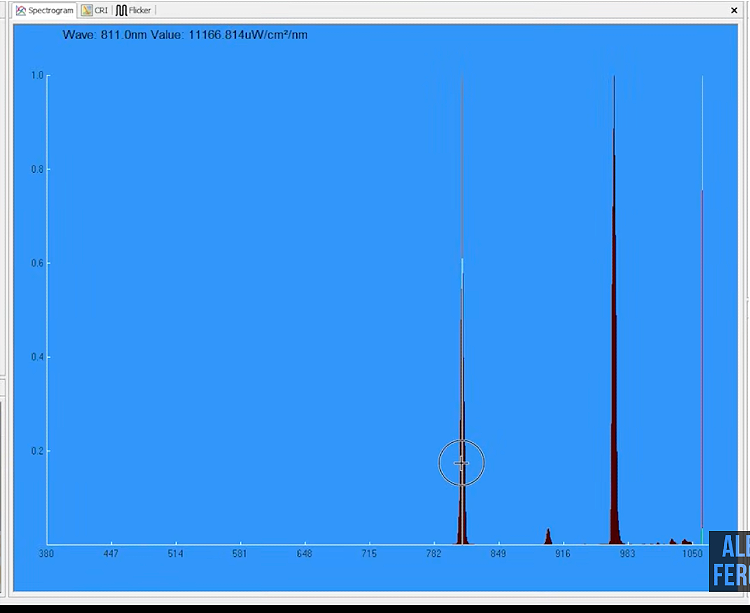
Dr. Beck wasn’t bothered by this. His goal was to have something operating within the 900nm range.
It's hard to get an exact number for irradiance (the actual power hitting the tissue) with lasers. At 6 inches, I got anywhere from 50 to 80 mW/cm². But right up close, I measured spikes between 120 and 250 mW/cm². That's substantial power, especially in the 900nm range, which most LED panels don’t offer.
What Comes In the Box?
The device comes in a compact carry case. Inside, you'll find a fairly basic manual, a charging cable, and two sets of protective eyewear—a must when using lasers of this intensity.
My son wears the supplied glasses during treatments, and my wife—who performs the sessions—also wears hers. These aren’t optional. Getting blasted in the eyes with this kind of laser is dangerous.
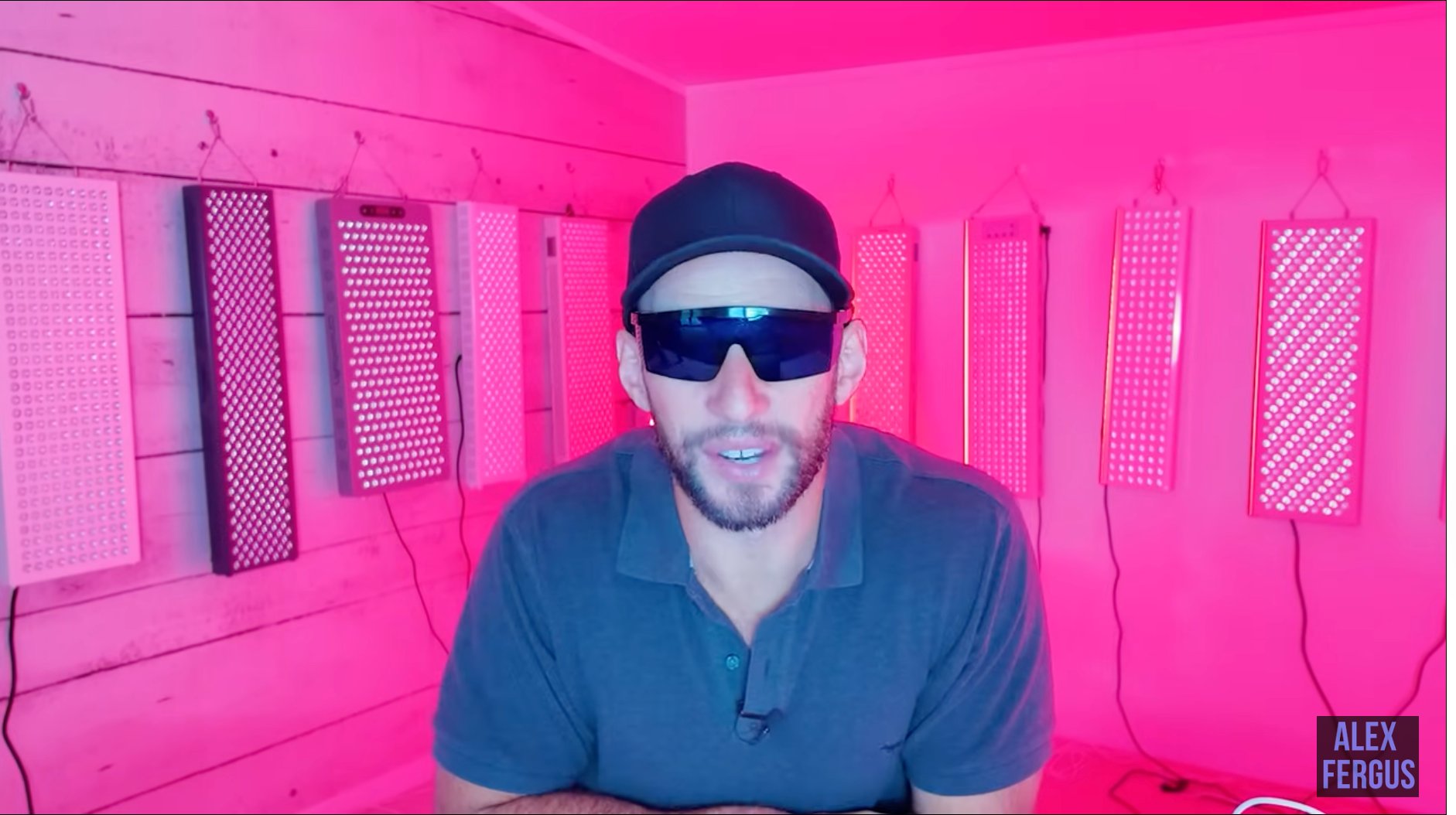
One cool feature is that the device beeps every 30 seconds, making it easy to track when to move to the next area. My wife and son follow that pattern, rotating the laser every 30 seconds per Dr. Beck’s instructions.
What I’d Change
There is one thing I don’t like: You can’t tell if it’s on.
The infrared lasers are invisible to the human eye. A simple addition—like a visible red LED that activates when the device is on—would be a huge help. Without that, you’re left guessing. And with something this powerful, guesswork isn't ideal.
Plus, it’s worth repeating—you don’t want this thing shining in your eyes. And you don’t want it on your head without a clear protocol.
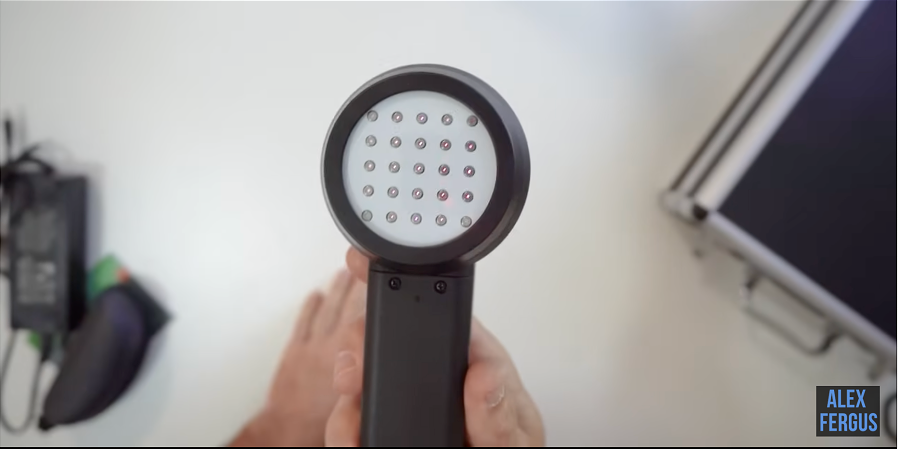
Price and Buying Info
We paid just under $2,000 per unit. Pricing will vary depending on quantity and customization, and yes, they do offer higher-powered options—from 3 watts to 12 watts.
I’ll leave the WhatsApp contact info for the customer rep I dealt with and the Alibaba product page. You can message them directly and mention this video—they’ll know what setup I used and help you get what you need.
Dr. Beck is happy with the unit and is ordering more for his clinic. Hopefully, the manufacturer will take on some of my feedback, like adding that visible indicator light.
Other Treatment Possibilities-Beyond the Brain
This laser has real potential, even if you’re not treating a neurological condition. Think about joint pain, injury recovery, or post-surgery healing.
For example, this device is ideal if you’ve injured your knee or shoulder and want to hit a specific area with high-penetration near-infrared light.
It’s battery-powered, portable, and packs enough punch to be useful for therapeutic purposes, so I bought it instead of renting one from Dr. Beck.
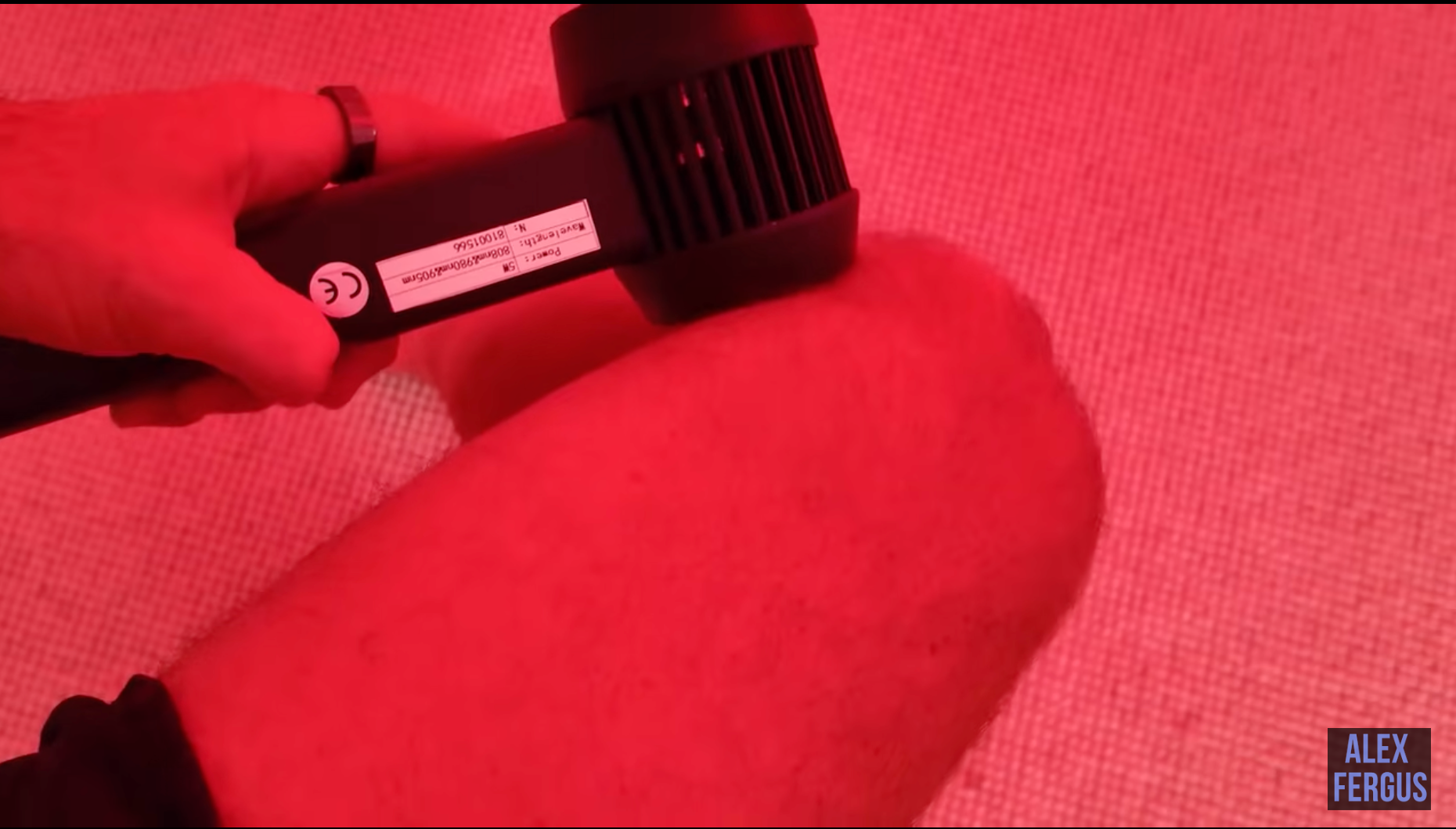
Other Options:
There are some other options out there. The Kineon Move+ Pro is a smaller device with LED and laser technology. It’s great for joint pain and includes a convenient strap.
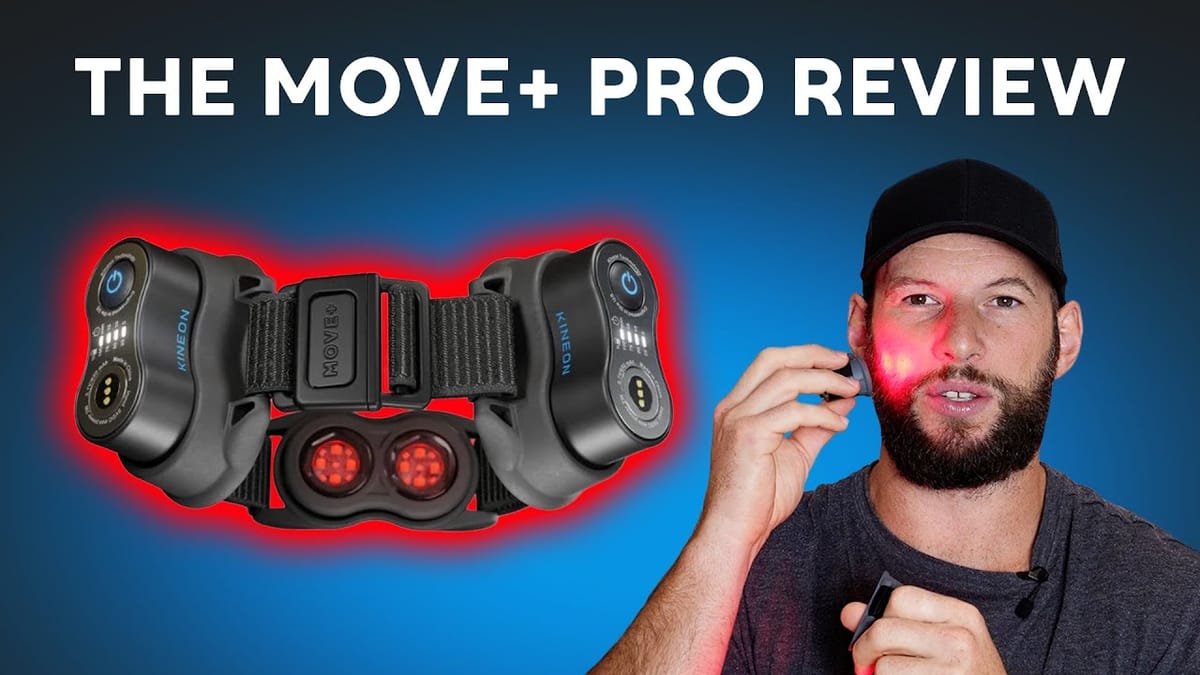
There’s also the Diesel Torch—another high-powered handheld that operates around 850–810nm plus red light. I’ve reviewed it before. It's affordable, powerful, and well-suited for spot treatment.
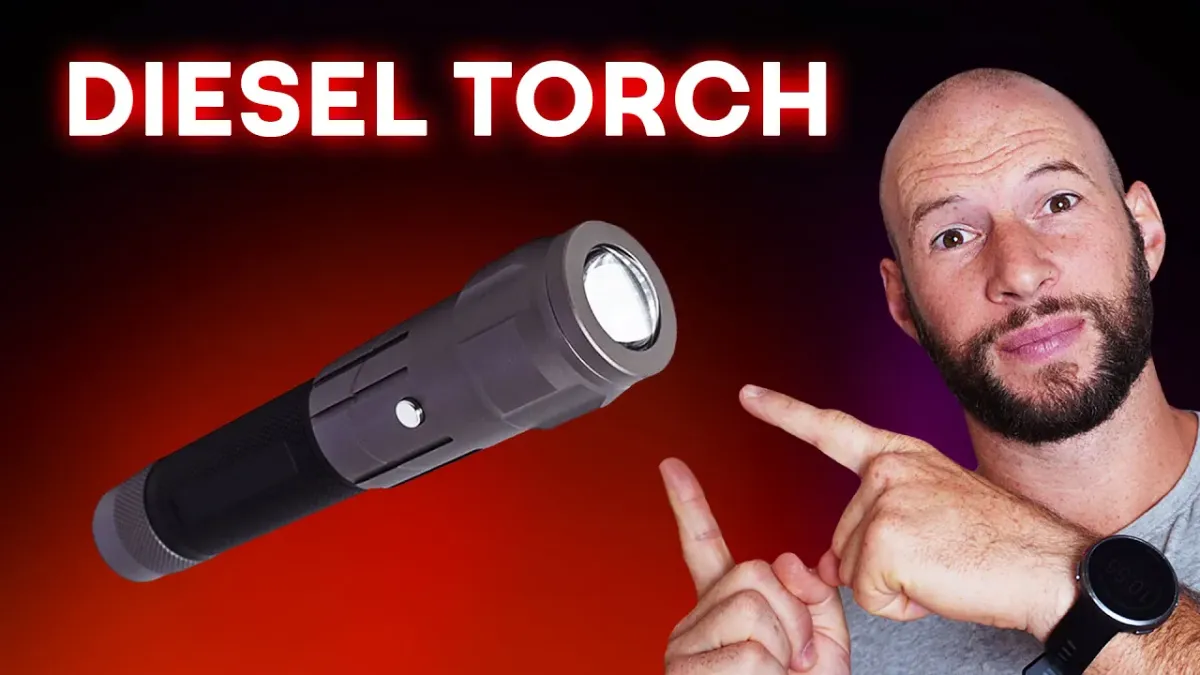
Or you can use a panel. You’ll sacrifice precision, but gain coverage. And most panels stay plugged in, so you won’t worry about battery life.
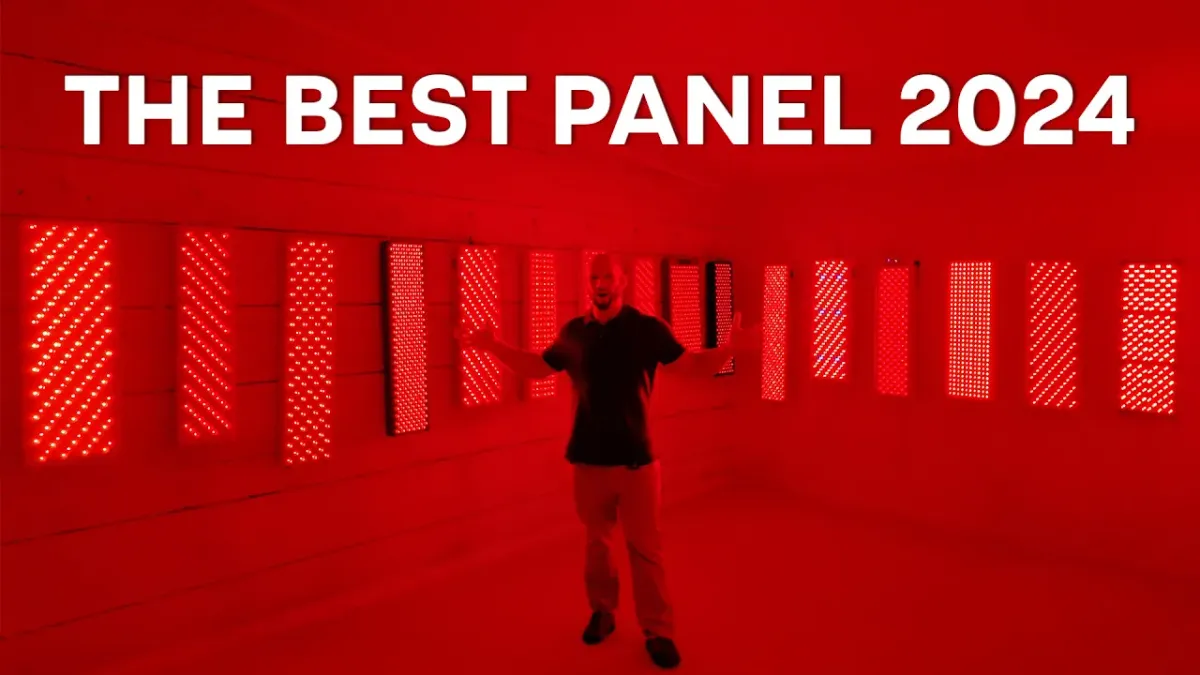
Please do your research. This tech is incredible, but you want to ensure you use it correctly and safely, especially regarding the brain. This video/article is not medical advice.
Items Mentioned
- For this laser device, use the following link: https://aferg.co/hand-laser
Or contact Wuhan Zjzk Technology Co., Ltd. directly: Mrs.Ivy Ning- email: [email protected], WhatsApp is +8617871047309, mention Alex Fergus for a discount. - LightPathLED Torch, use this link: https://aferg.co/lightpathled - code ALEX saves
- For a Move+ Pro from Kineon, use discount code AFERGUSMOVE for 10% off and the following link: https://aferg.co/kineon
Found This Interesting? Then You Might Like:
⭐ Red Light Therapy For Stroke Recovery: Hopeful, But More Research Is Needed...
⭐ Everything You Need To Know About Tinnitus & Red Light Therapy
⭐ Red Light Therapy For Parkinson's Disease: A Hopeful Strategy!
⭐ Light Therapy For Autism: A Potential Treatment?
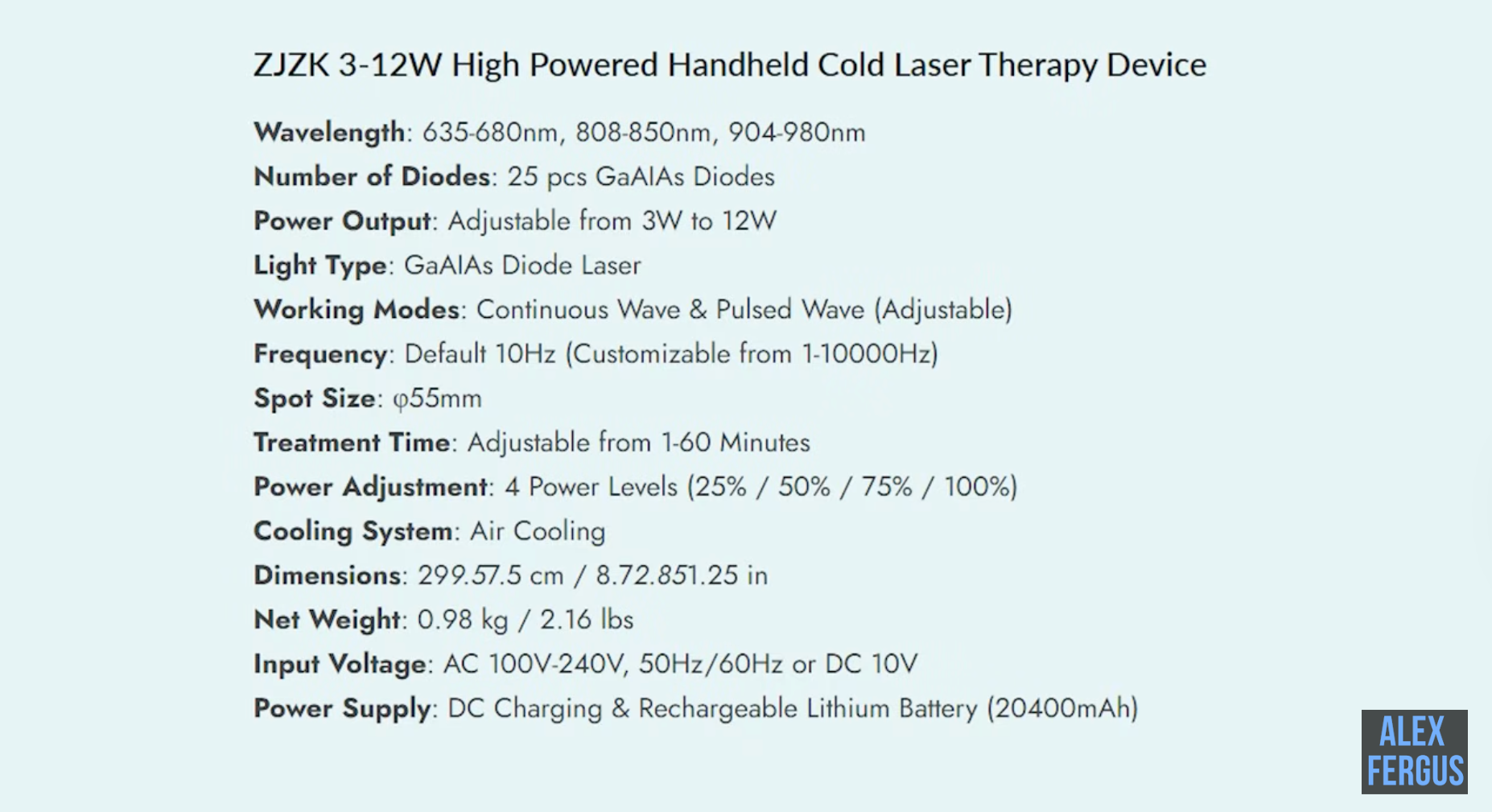
Resources I mentioned in this Article:
⭐ If you're interested in Dr Randy Beck's services, check his website for the Institute of Functional Neuroscience: https://ifn.net.au
⭐ Dr Beck's book titled Functional Neurology for Practitioners of Manual Medicine: https://aferg.co/beck-book
⭐ Red Light Therapy For Upgrading Your Brain Health:
⭐ Red Light Therapy For Epilepsy: Current Science Explained:
⭐ Red Light Therapy For Traumatic Brain Injury Science: Speed Up Recovery Significantly!
Alex Fergus wrote this blog post. Alex is an ISSN Sports Nutrition Specialist, Fitness Professional, and certified Superhuman Coach who continues to expand his knowledge base and help people across the world with their health and wellness. Alex is recognized as the National Record Holder in Powerlifting and Indoor Rowing and has earned the title of the Australian National Natural Bodybuilding Champion. Having worked as a health coach and personal trainer for over a decade, Alex now researches all things health and wellness and shares his findings on this blog.

